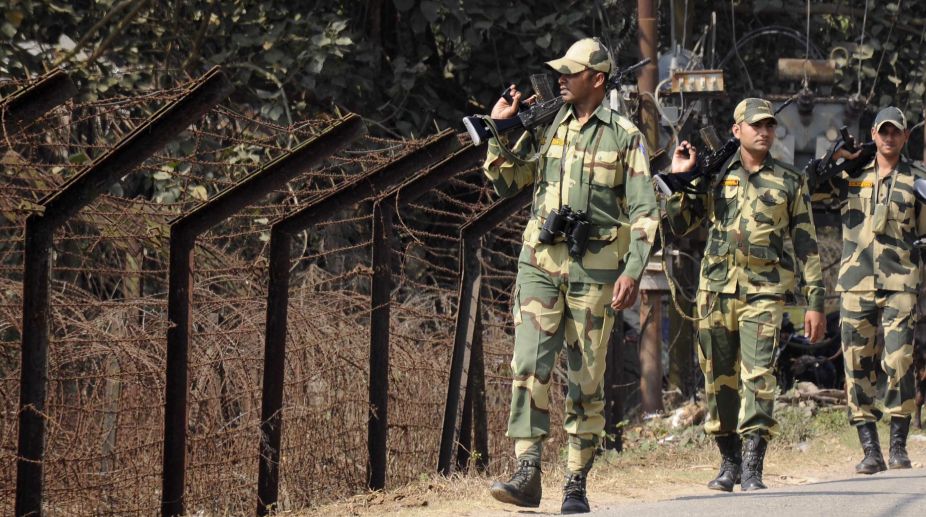Still unexplained
The hunt for the origins of Covid-19 has for the past four years been a tangled web of politics, power struggles, and international finger-pointing.

Representational Image (Photo: AFP/File)
The armchair theorists would pontificate that the greater the expense and effort put in to patrol a nation’s land borders the more does that underscore the lack of diplomatic success in ensuring cordial and positive relations with neighbouring countries.
True perhaps, but in an Indian context “history” is a major factor as well. An un-demarcated boundary the colonial masters shared with China/Tibet held generally firm during British rule; their hasty departure from the subcontinent as the sun went down on the empire resulted in a hasty drawing of a “line” (with limited local involvement) separating India and Pakistan, and leaving Jammu and Kashmir an unresolved irritant.
Sadly the situations with both China and Pakistan have deteriorated, and it is against this backdrop that must be assessed some recent initiatives to upgrade frontier fortification, in both qualitative and quantitative terms.
Advertisement
Though only a token move in the first phase, there is considerable significance to add an element of air-power to the Indo-Tibet Border Police (ITBP) that manages the 3,488 kilometre front with China. To start with, two twin-engine helicopters are being procured, to be deployed one each at Chandigarh and Guwahati.
Their primary role will be mounting air-reconnaissance missions to enable early detection of attempts by the Chinese at incursions across the Line of Actual Control. There have been a series of incursions in recent times, and occasionally the PLA personnel have begun to “dig in” before the Indian border guards have been able to physically confront them. The Chinese have been using helicopters along the LAC for several years so that ITBP move cannot be slammed as “escalatory”.
However it will require building up a fleet of more than two choppers to create a credible survey capability: the helicopters can also be used to transport a small squad of personnel, ferry stores, undertake casualty-evacuation missions ~ and of course transport VIPs to the front line. The ITBP has been directed to ensure that its helicopter pilots are trained well enough to avert “complications” by straying into air space over Chinese-held territory.
Less dramatic yet important too are plans to raise nine new battalions for the ITBP and add six more to the Border Security Force for deployment in the western sector. This will facilitate the BSF moving more units to the eastern front to detect infiltration into Assam from Bangladesh. Adequate deployment there is hindered by the fact that it would mean a “thinning” of force-levels in the Punjab and Jammu sectors. What the augmenting of manpower and the introduction of an air-wing to the ITBP indicate is that the Indian border guards see no early resolution of the troubles on both the western and northern frontiers. While that realisation is in itself somewhat ominous, the next best option is “to keep the powder dry”.
Advertisement